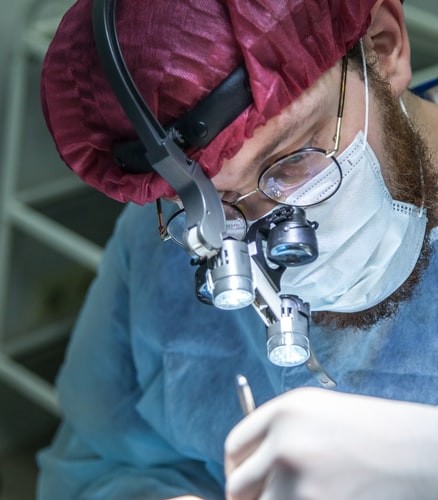Though the growths are noncancerous, they have an impact on a woman's day-to-day life. Uterine fibroids cause heavy excessive bleeding, uncontrolled and increased urination, pelvic pain, and pressure. Several types of treatments are available to treat fibroids, both surgical and non-surgical procedures. The non-invasive fibroid treatment helps you to avoid long hospital stays and most importantly helps you keep your uterus. We shall be discussing the noninvasive options available for treating fibroids.
1. Uterine Fibroid Embolization
This is a non-surgical minimally invasive procedure used in treating fibroids. in this procedure, a radiologist uses a catheter to inject small embolic agents into the uterine arteries. The uterine arteries are used to supply blood to the fibroids and the uterus. The embolic agents block the fibroid blood vessels, starving the fibroids and causing them to shrink and die. UFE is not only an effective treatment but compared to other surgical treatments, there are fewer post-procedure complications and also a reduced stay in the hospital. This treatment is recommended to women with large fibroids and has severe pain or heavy bleeding from uterine fibroids. Another benefit is that it helps you keep your uterus. It is possible to have a successful pregnancy after UAE, however, the effects on fertility and pregnancy are not ascertained. It is therefore important to discuss the possible risk with your gynecologists before taking on the procedure.
2. Endometrial ablation
This is a minor procedure that ablates the lining of the uterus. This procedure is non-surgical, instead, the doctor inserts small tools through the vagina to reach the uterus. Several ways can be used to the procedure like using electric energy through a wire loop, using heated fluid, using laser energy, using microwave energy among others. The procedure helps reduce heavy bleeding and destroy the small fibroids. It is important to use reliable birth control as pregnancies after endometrial ablation is in most cases not normal. The procedure is fairly short and you can usually go home on the same day.
3. MRI Guided Ultrasound Procedure
Magnetic resonance-guided focused ultrasound is a noninvasive procedure that uses high doses of focused ultrasound waves to destroy uterine fibroids. It is an outpatient procedure that is done with a magnetic resonance imaging scanner. The physician focuses the ultrasound energy directly on a small volume of the fibroid, this raises its temperature high enough that it causes thermal ablation which kills the fibroid cells with impacting other tissues. This procedure is repeated until the entire volume of the fibroid is treated. This type of treatment helps avoid surgery and also preserve the womb. The procedure takes a few hours after which the patient is able to go home and resume normal activities.
4. Radiofrequency ablation
This is a minimally invasive procedure that uses radiofrequency energy to shrink the blood vessel feeding the fibroids and destroy uterine fibroids. This can be done through a laparoscopic or transcervical procedure. In the laparoscopic procedure, two small incisions are made on the abdomen to insert a laparoscopic camera that the doctor uses to locate the fibroids and treat them. The transcervical approach uses ultrasound guidance to locate the fibroids.
These procedures are as effective as other surgical procedures. If you want to avoid surgery or any invasive treatment of fibroids, these are some of the options. Consult with your doctor and make a decision based on what protects your health and interest best.
© 2024 NatureWorldNews.com All rights reserved. Do not reproduce without permission.
* This is a contributed article and this content does not necessarily represent the views of natureworldnews.com





![Great White Sharks Observed for the First Time Changing Their Behavior in Different Marine Environments [Study]](https://1471793142.rsc.cdn77.org/data/thumbs/full/70251/280/157/50/40/great-white-sharks-observed-for-the-first-time-changing-their-behavior-in-different-marine-environments-study.jpg)
